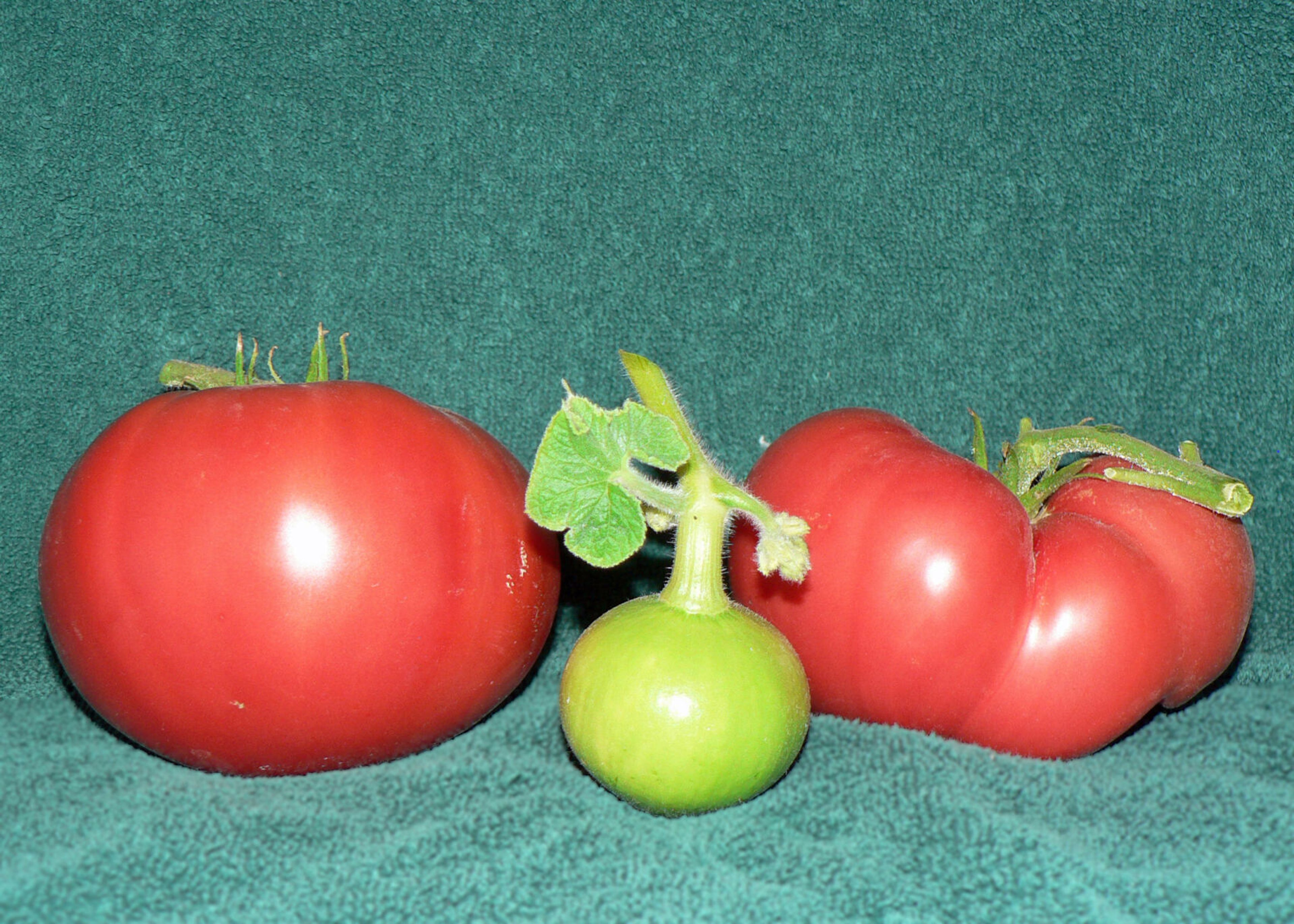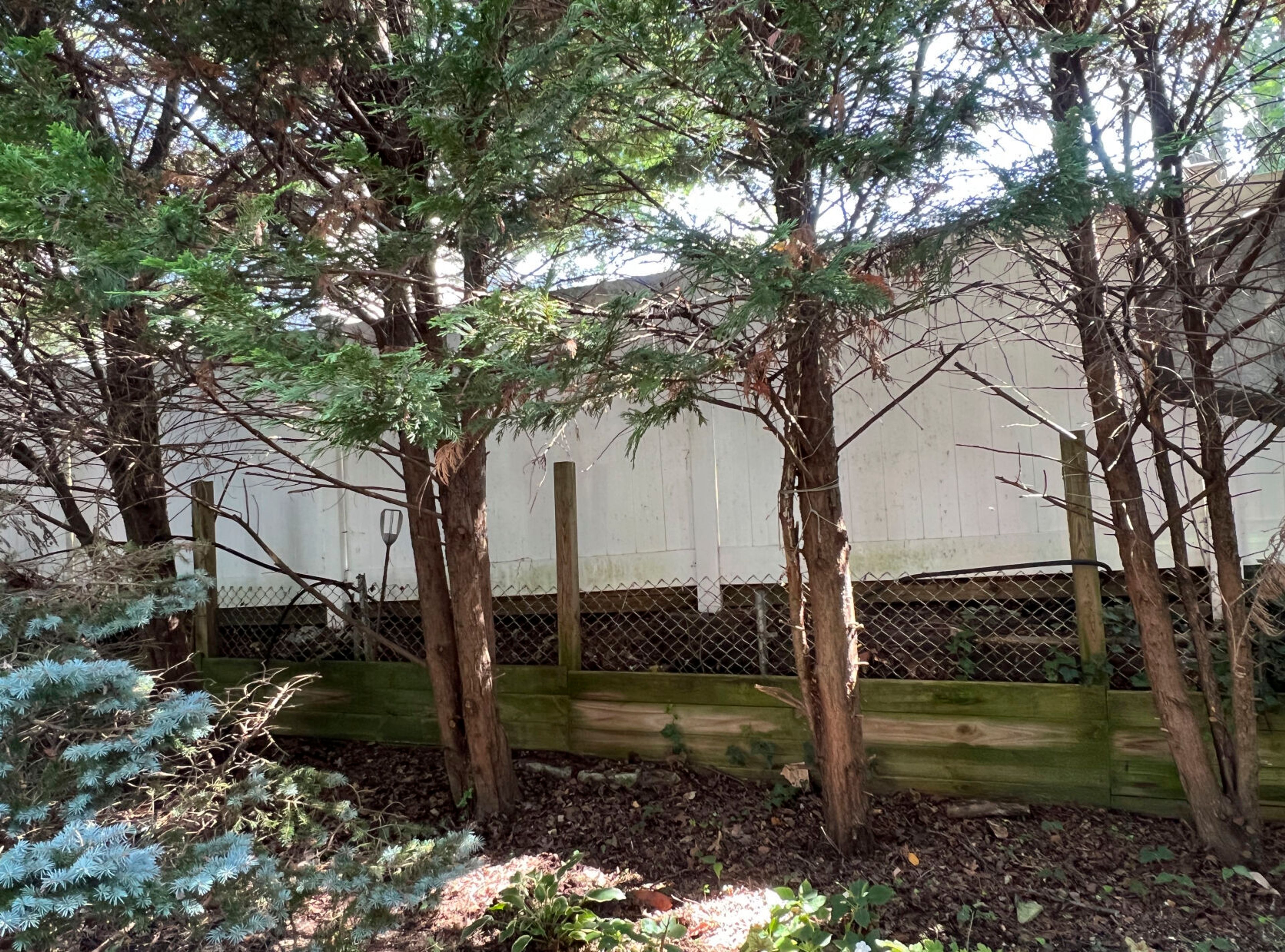People and animals aren’t the only ones who suffer from extreme and extended heat waves.
Plants are stressed, as well, and for those who cultivate gardens or trees, protecting plants from heat exhaustion and death can be a monumental challenge.
Volunteers and master gardeners at the Clarkston Community Garden, located off Fair Street behind Walla Walla Community College’s Clarkston campus, have been ramping up their plant survival tactics for weeks. Despite a record-breaking streak of 100-plus temperature days, most of the garden looks reasonably healthy.
“It doesn’t have to be a disaster,” said Tana Truscott, one of the master gardeners who oversees the demonstration plot at the community garden.
“You have to plan for it,” Truscott said. “First of all, you need to look at your garden every day. Go out daily and see what the plants look like.”
Healthy plants will have glossy, green leaves in the spring and in the middle of summer, especially during a heat streak, they lose some of that vigor and appear dull. Flowers will droop, and leaves will turn yellow or brown and begin to curl up.
“Then you’ll know that they probably need some more water,” Truscott said. “They’re a little stressed.”
Gardeners can use various methods of watering, shading or mulching plants that help them survive extreme heat, she said.
The city of Lewiston has an even more monumental task. With 7,000 to 9,000 trees within 181 managed acres, staying on top of turf and tree maintenance takes a crew of at least 13 people and a water budget of about $170,000 a year.
Tim Barker, director of the city’s parks and recreation department, said the current heat wave wasn’t totally unexpected.
“What we didn’t expect was not having rain this spring,” Barker said. “That was probably one of the killers for us.”
The dilemma the parks department is facing has to do with whether to increase the water that is administered daily on the city’s property — hoping the heat wave doesn’t last and cause the city to run out of resources — or to maintain the status quo.
For the time being, the department has chosen to keep to its regular watering schedule, knowing the extreme heat could last a good while longer.
“The heat is definitely having an impact on all trees,” said Corky Fazio, the department’s grounds maintenance supervisor.
“It looks like we’ve got a pretty good heat stretch coming — what do we want to do?” Fazio said. “Do we want to break the bank, or do we just want to maintain and cover up the stress spots once this heat wave is over?”
As an example of the expense of watering, Fazio said a typical August billing for Sunset Park alone could be about $13,000. To conserve, the city has chosen to water the trees and to let much of the turf grass dry out.
“It’s just to be conscious of our water usage,” Barker said. “Turf can recover from a drought like this. It’s the trees that are a bigger concern for us; making sure the trees get their regular amount of water.”
Many of the city’s trees, especially the newer ones, are encased in a bladder that allows water to drip through, or are attached to a drip irrigation system, Barker said. Trees in the center of the city parks are likely in better shape than those bordering pavement or asphalt.
Water conservation is also a primary concern of the community garden, Truscott said. Gardeners have to make strategic decisions about how to protect their plants.
“First look at your plants, and you may have to water daily,” she said. “Watering deep is better than just shallow water. And never broadcast water with a sprinkler system, because you’re losing so much water to evaporation — and you’re getting the water on the leaves, and sometimes that can burn them when it gets really hot.”
Gardeners also want to avoid fertilizing plants when it’s super hot, because that can kill them.
In the demonstration garden, many gardeners are trying to create shade with row covers and even companion planting. In one plot, Truscott pointed out green beans that have been planted below a vine spinach plant that creates a bit of a sun block.
Dick Adams, of Clarkston, another master gardener who has been raising strawberries for 50 years, installed a misting system over his bed of day-neutral strawberries.
“Day-neutral strawberries produce strawberries all year, but this year the heat really hit them,” Adams explained. “The heat breaks them down.”
Although Adams and his wife, Karen, are prolific gardeners, Adams is also self-deprecating about his gardening skills.
“I’m a master gardener, but if it ever becomes illegal there will be no evidence to ever convict me,” he said.
Back at the city parks and recreation department, plans are being made to expand tree locations, including planting more trees at Community Park, adjacent to the new Lewiston High School building.
“We’ll be moving toward (expanding to) 190 acres and will do a lot of tree plantings,” Barker said. “We will remove aging or diseased trees and may choose a different type of tree (replacing) some that may not be suitable,” for this area.
Perhaps the city’s bigger problem, however, will be to satisfy the demands of the public that has different perspectives on how the city should be managing its heat-stressed trees.
“Everybody in the city is watering at night, so it’s putting a tremendous demand on the infrastructure of the city,” Fazio said.
“We’re just doing a ‘sit back and see,’ because I think right now the heat wave will be longer. We have to think of everybody in the city when we’re looking at this. We’re just not able to put as much water as everybody wants. There’s no way we could go around and water every tree.
“It’s pretty simple to point a finger, but when you’re talking about as big an area as we have, do we want to use all the water that’s available? Or do we want to leave some for the rest of the citizens? We can see the stress. Do you think we like it? Absolutely not. But on the same token, if I needed another $100,000 for water, it just doesn’t grow on trees.”
Hedberg may be contacted at kathyhedberg@gmail.com or (208) 983-2326.
Plant answers
Anyone wishing more information about caring for heat-stressed plants, or other gardening questions, may contact:
Asotin County Master Gardener Diagnostic Clinics
Wednesdays 10 a.m. to 1 p.m., in the basement of the Asotin County Courthouse, or call Janice Reed at (509) 243-2009 or email jreed@co.asotin.wa.us.
Nez Perce County Master Gardener Clinics
Tuesdays 8:30 to 11:30 a.m. at the Nez Perce County Extension office, or call (208) 766-3096 or email nezperce@uidaho.edu.
City of Lewiston Parks and Recreation Department
Monday through Friday, 8 a.m. to 5 p.m., 1424 Main St., or call (208) 746-2313 or email tbarker@cityoflewiston.org.

















